Ten year ascvd risk
A reasonable approach is to use the standard approach and calculators but increase the calculated risk by approximately 50 in patients with severe inflammatory disorders. In low-risk adults with elevated BP or stage 1 hypertension with low ASCVD risk BP should be repeated after 3-6 months of nonpharmacologic therapy.
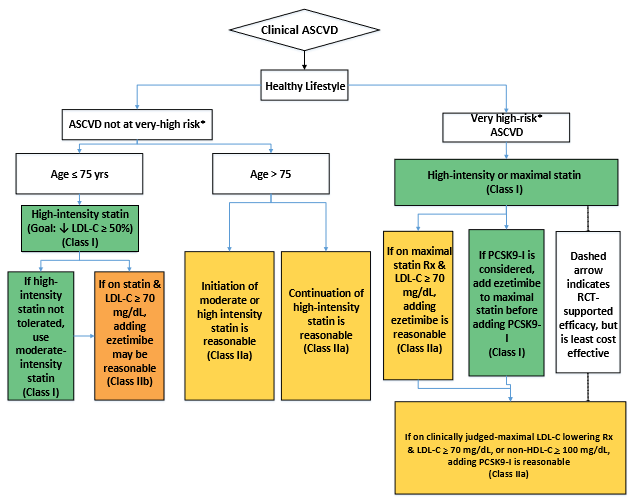
Ascvd Risk Estimator
For example if a patient with severe RA has a 5 ten-year risk and 40 lifetime risk one might increase the ten-year risk to 75 and lifetime risk to 60.

. Adults with stage 1 hypertension and high ASCVD risk 10 10-year ASCVD risk should be managed with both nonpharmacologic and antihypertensive drug therapy with repeat BP in 1 month. Please watch this page for programming offerings later this year. The 10-year ASCVD risk estimate is used to guide decision-making for many preventive interventions including lipid management S22-4S22-36 and BP management.
The race- and sex-specific Pooled Cohort Equations to predict 10-year risk of a first hard ASCVD event should be used in non-Hispanic African Americans and non-Hispanic whites 40 to 79 years of age. 7 In adults 40 to 75 years of age without diabetes mellitus and with LDL-C levels 70 mgdL 18 mmolL at a 10-year ASCVD risk of 75 start a moderate-intensity statin if a discussion of treatment options favors statin therapy. CAC may refine ASCVD risk estimates among lower-risk women.
After considering the 10-year risk of ASCVD risk enhancers and a coronary artery calcium CAC score can be used for individual treatment choices for those who are borderline-risk or low-risk with. February 810 2023 Dallas TX Virtual. Pre-Cons and Stroke Nursing Symposia.
10-year risk for ASCVD is categorized as. Early submission is encouraged. US Data 10 Year Risk CHD death nonfatal heart attacks fatalnonfatal strokes.
All proposals must be submitted electronically via ProposalCentralThe system will open eight. ASCVD risk should be reassessed every four to six years in patients whose identified 10-year ASCVD risk is low year ASCVD risk is intermediate 75 to 199 percent or following the identification of a new risk factor. Patients with low absolute cardiovascular risk 10-year ASCVD risk.
1-888-242-2453 Inside US 1-214-570-5935 Outside US Website. Patients with diabetes and a 10-year risk greater than 20 further counted as high-risk patients. One primary enhancement is that the risk model broadened the set of outcomes of concern beyond CHD to include stroke a significant source of disparity in CVD between African Americans and whites.
Recommendations for statin therapy include those 40-75 years of age with LDL-C 70 mgdl who have diabetes or a 10-year risk of ASCVD 75. The accurate assessment of individual risk can be of great value to guiding and facilitating the prevention of atherosclerotic cardiovascular disease ASCVD. Year risk is 20 reduce LDL-C levels by 50.
The US-PCE predicts the 10-year risk jointly for nonfatal myocardial infarction fatal coronary heart disease and stroke. Adults with known CVD or 10-year ASCVD event risk 10 13080. The potential benefits of lifestyle and statin therapies.
For more information about the inputs and calculations used in this app see Terms and Concepts in the Resources tab below. 1112 The UK-QRISK model recommended in the United Kingdom estimates the 10-year risk for an expanded ASCVD end point that in addition to nonfatal myocardial infarction fatal coronary heart disease and stroke also. Moreover for those considered to be at very high-risk ie ASCVD multiple risk factors a goal of 70 mgdL was considered reasonable.
In such patients a blood pressure target of. The presence of risk-enhancing factors see 8. Top Ten Messages is continued in the next page.
Available online at. Ten-year risk is categorized below. Older adults 65 years of age with comorbidities and limited life expectancy.
The on-treatment BP target is however. Recommendations for Assessment of 10-Year Risk of a First Hard ASCVD Event. Less than 5.
However prediction models in common use were formulated primarily in white populations. Ten-year risk is defined as the risk of developing a first ASCVD event defined as nonfatal myocardial infarction or coronary heart disease CHD death or fatal or nonfatal stroke over a 10-year period among people free from ASCVD at the beginning of the period The 2013 ACCAHA Guideline focuses on the following. Low-risk.
Other Cardiovascular and Stroke Related Conferences. Before beginning an application review the eligibility and requirements that apply to all AHA research awards at AHA Application Information page. In MESA Multi-Ethnic Study of Atherosclerosis the CACs was strongly associated with 10-year ASCVD risk in a graded fashion across age sex and raceethnic groups and independent of traditional risk factors.
In such patients a blood pressure target of. The potential for adverse effects and drugdrug. ASCVD Traditional Risk Markers Cardiovascular Disease Risk Markers Traditional.
223 225 The risk algorithm developed from the new guideline data outperformed other risk scores for initial ASCVD events among African Americans. Patients with low absolute cardiovascular risk 10-year ASCVD risk. Risk discussion should include a review of major risk factors eg cigarette smoking elevated blood pressure LDL-C hemoglobin A1c if indicated and calculated 10-year risk of ASCVD.
Proposals must be received no later than 3 pm. For other ethnic groups the American Heart Association and the American College of Cardiology recommend the use of the equations for non-Hispanic. An initial baseline risk should be calculated and then your risk can be tracked over time with each subsequent risk calculation.
S22-37 it should be the start of a conversation with the patient about risk-reducing strategies the clinicianpatient discussion and not the sole decision factor for the. Adults without additional markers of increased CVD risk 13080. February 7 2023 Sessions.
The China-PAR project Prediction for ASCVD Risk in China is aimed at developing and validating. Central Time on the deadline date. New Zealand Data 5 Year Risk Heart attacks angina heart failure strokesTIAs peripheral vascular disease.
Older adults 65 years of age noninstitutionalized ambulatory 13080. Estimates of 10-year risk for ASCVD are based on data from multiple community-based populations and are applicable to African-American and non-Hispanic white men and women 40 through 79 years of age. Secondary non-lacunar stroke prevention in antihypertensive drug naïve patients is the only high-risk co-morbidity for which the 14090 mm Hg treatment initiation threshold is recommended.

Ascvd Risk Estimator
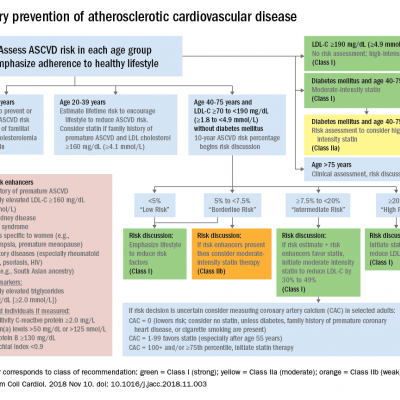
Cholesterol Guideline Risk Assessment Gets Personal Mdedge Internal Medicine

Ten Year Atherosclerotic Cardiovascular Disease Risk Scores In Axial Spondyloarthritis Versus The General Population A Cross Sectional Study Acr Meeting Abstracts
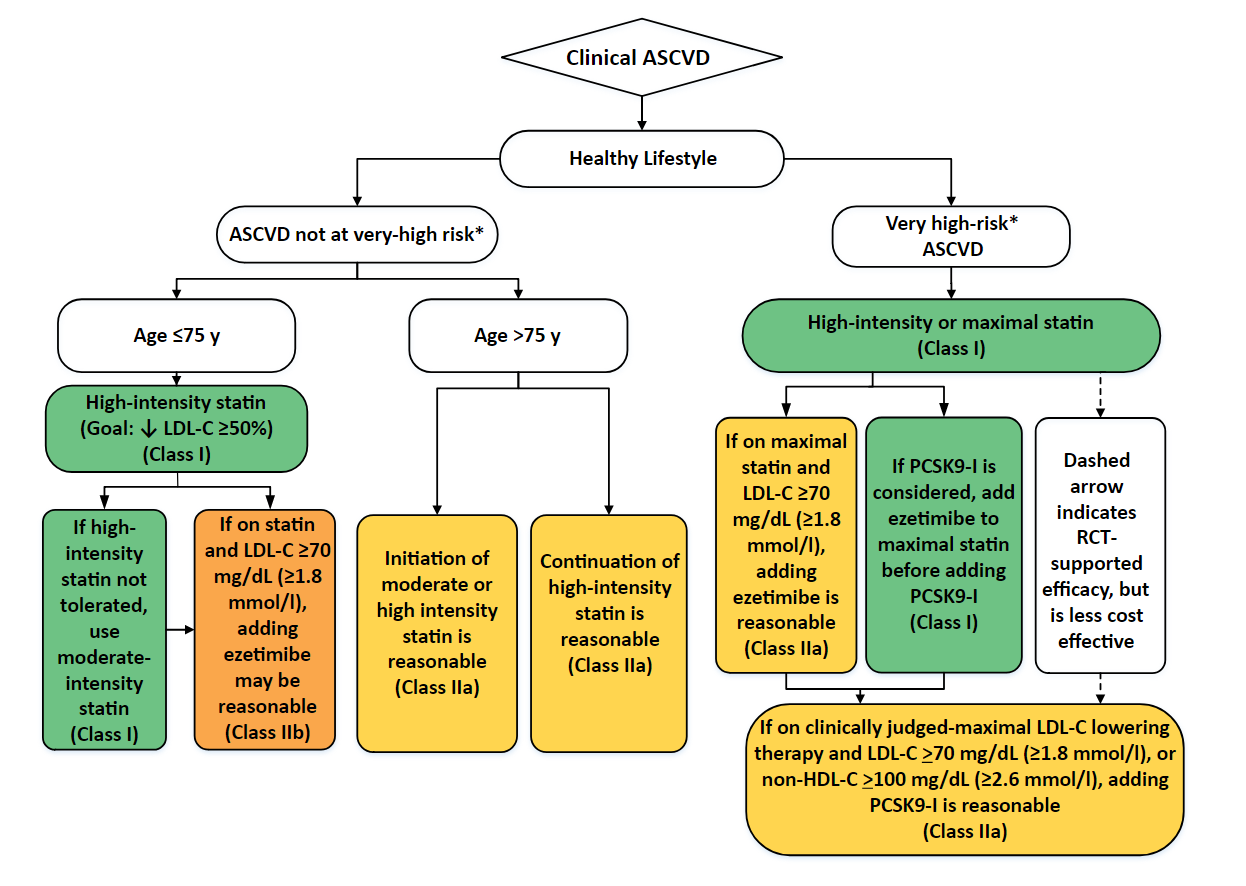
Multilingual Ascvd Risk Estimator English

Mean Estimated 10 Year Ascvd Risk At Baseline Stratified By Blood Download Table

Ascvd 10 Year Visualization Graphs Clincalc Com
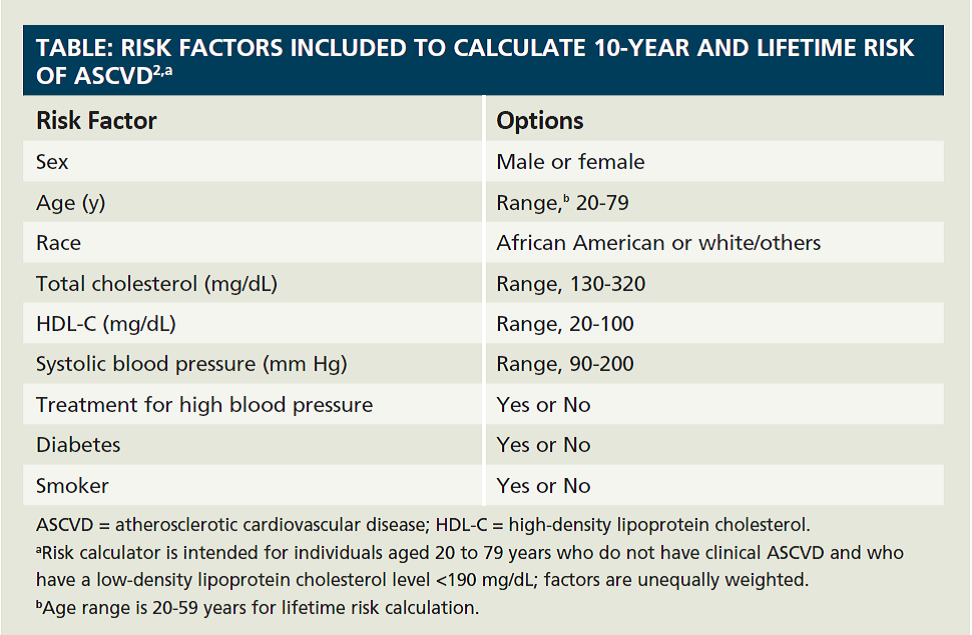
New Treatment Approach In Lipid Management 2013 Acc Aha Guideline On The Treatment Of Blood Cholesterol To Reduce Atherosclerotic Cardiovascular Risk In Adults

Ascvd Risk Estimator

10 Year Ascvd Risk Score Stratification At Baseline Download Scientific Diagram

Cardiovascular Risk Estimation By The Ascvd Risk Estimator Application In A University Hospital International Journal Of Cardiovascular Sciences
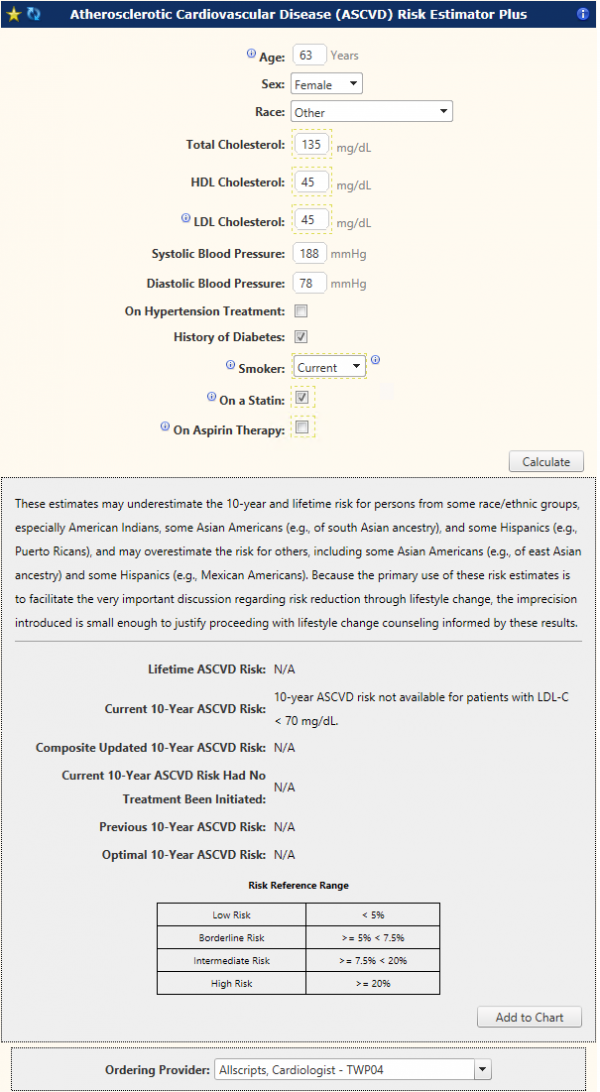
Galen Ecalcs Calculator Cv Risk Galen Healthcare Solutions Allscripts Touchworks Ehr Wiki

Abstract 14109 Statin Eligibility Among Young Adults Prior To Myocardial Infarction Circulation
2

2019 Acc Aha Guideline On The Primary Prevention Of Cardiovascular Disease A Report Of The American College Of Cardiology American Heart Association Task Force On Clinical Practice Guidelines Circulation
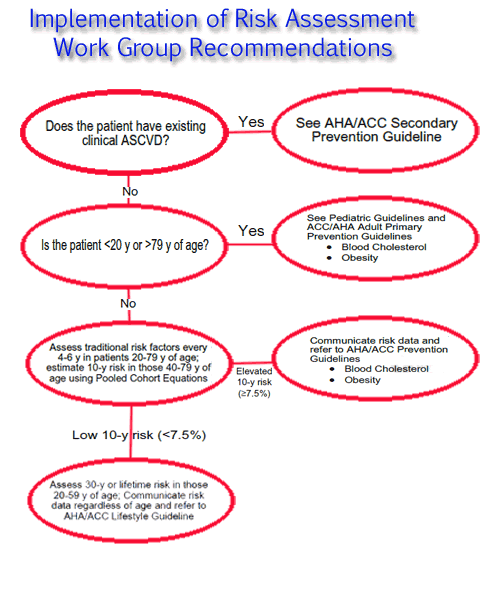
Atp Iv Lifetime Ascvd Risk Pooled Cohort Equations Globalrph

Primary Prevention The Role Of Ascvd Risk Enhancer Ascvd Download Scientific Diagram
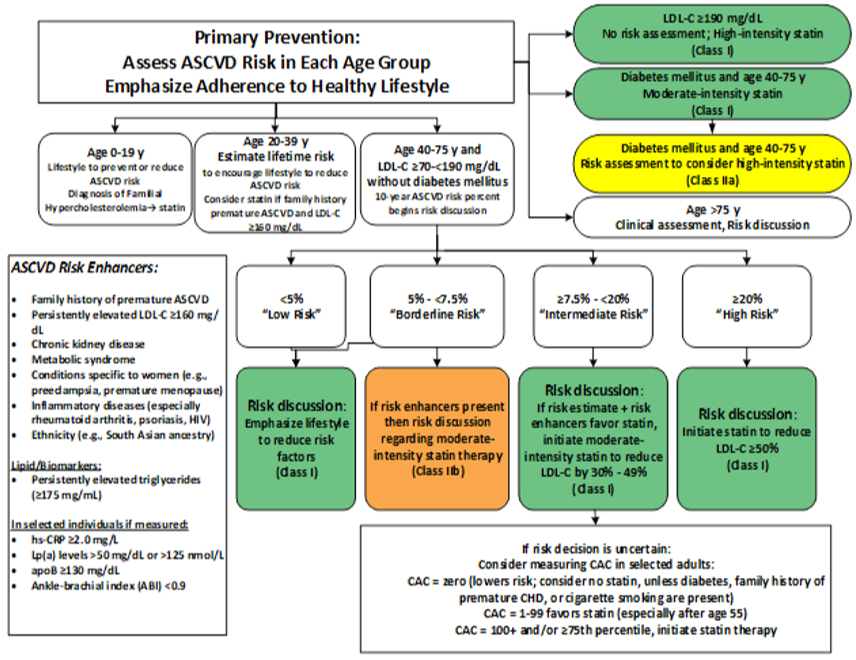
Ascvd Risk Estimator